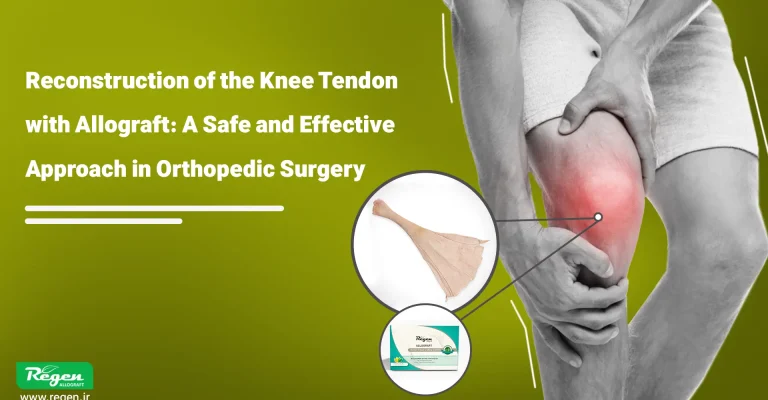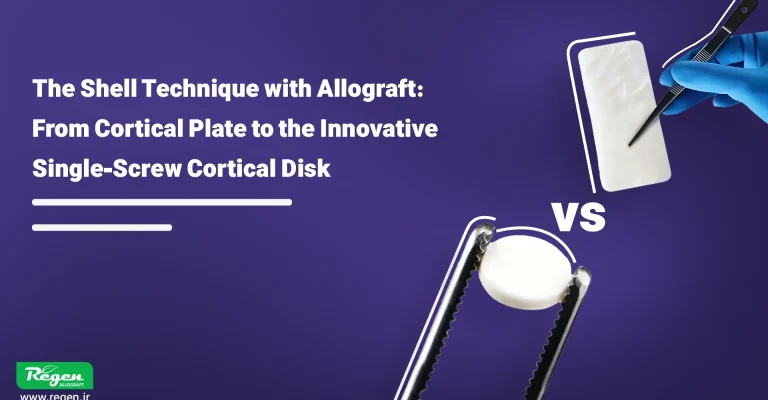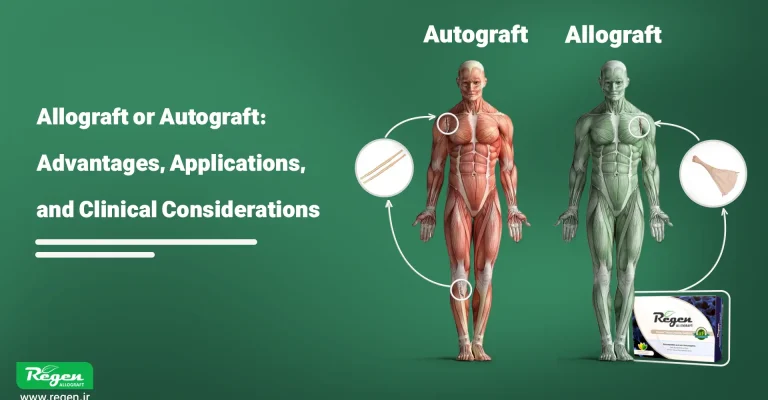Clinical Applications of Human Heart Valve Allografts in Pediatric Cardiac Surgery

Table of contents
Human Heart Valves: An Ideal Choice for Children
Introduction
The use of heart valves in pediatric surgeries, especially for congenital heart defects, is crucial. Human heart valves, also known as allografts, are harvested from human heart tissue donations and provide a better alternative to artificial and animal-derived valves due to their compatibility with the body and longer lifespan. This article, based on insights from Dr. Mohammad Ali Navabi, a specialist in cardiac surgery, discusses the benefits, applications, and future of human heart valves in pediatric heart surgeries, particularly in conditions like Tetralogy of Fallot.
In this video, Dr. Navabi, a pediatric cardiac surgeon, shares his insights on the ideal role of human heart valves in treating congenital heart defects. In a recent surgery, Dr. Navabi replaced a heart valve in a child with Tetralogy of Fallot, who previously had a full heart repair a decade ago. This child needed a valve replacement due to stenosis and right ventricular outflow obstruction.
Benefits of Using Human Valves (Allograft/Homograft)
High Compatibility with the Body:
Human valves are derived from natural heart tissue, reducing the risk of allergic reactions and rejection. They integrate well with the patient’s body, offering a more natural and lasting solution.
Longer Lifespan:
Human valves typically last 10-15 years, whereas animal-derived valves generally need replacement every 5-7 years. This extended durability is particularly beneficial for children and adolescents whose bodies are still growing.
Reduced Need for Anticoagulants:
Unlike mechanical valves that require lifelong anticoagulation therapy, human valves generally require only short-term aspirin after surgery. This is especially beneficial for children, teens, and women of childbearing age.
Lower Risk of Side Effects:
Human valves have a lower risk of blood clot formation compared to artificial valves, contributing to a healthier and more active lifestyle post-surgery.
Comparison of Human Valves, Mechanical Valves, and Animal Valves
| Feature | Human Valves | Mechanical Valves | Animal Valves |
|---|---|---|---|
| Material | Human heart tissue | Synthetic (titanium, carbon, polymer) | Animal tissue (usually pig or cow) |
| Lifespan | 10-15 years | 15-20 years | 5-7 years |
| Anticoagulant Requirement | Short-term | Lifelong | Short-term |
| Blood Clot Risk | Lower | Higher | Moderate |
| Body Compatibility | Higher | Lower | Moderate |
| Rejection Risk | Low | Moderate | High |
Applications of Human Heart Valves (Allograft/Homograft)
Tetralogy of Fallot:
One of the most common congenital heart defects, Tetralogy of Fallot involves four heart abnormalities that reduce blood oxygen levels. Human valves used in repairing this condition improve heart function and extend the lifespan of the valve.
Aortic Valve Stenosis:
Aortic stenosis is another common condition in children, which narrows the aortic valve and restricts blood flow. Human valves, with reduced clotting risk and improved blood flow, are an effective solution for this condition.
Mitral Valve Regurgitation:
In mitral valve regurgitation, the valve does not close properly, causing blood to leak backward. Human valves offer greater compatibility and durability, improving heart function in patients.
Other Congenital Heart Defects:
Human valves are also effective in treating other congenital heart defects and are a suitable choice for children and adolescents.
The Future of Human Allograft Heart Valve Applications
Recent advances in tissue engineering and innovative technologies have opened promising avenues for enhancing the quality and lifespan of human heart valves. Additionally, research in stem cell therapies and lab-grown heart valves may increase availability and lower treatment costs in the future.
How useful was this post?
Click on a star to rate it!
Average rating 0 / 5. Vote count: 0
No votes so far! Be the first to rate this post.
Relevant Posts

Free consultation
Do you need counseling?
The professional and specialized team at Allograft is ready to assist you








